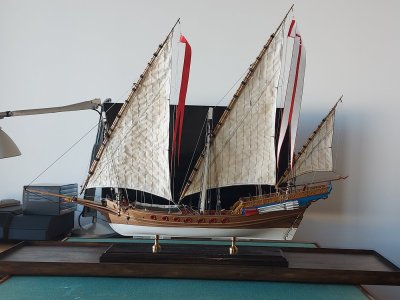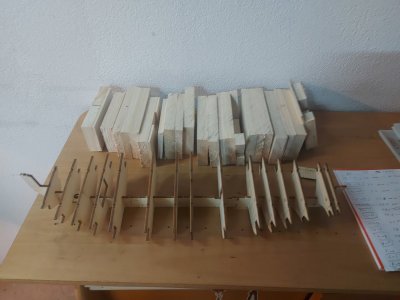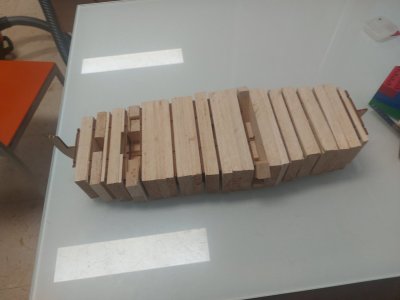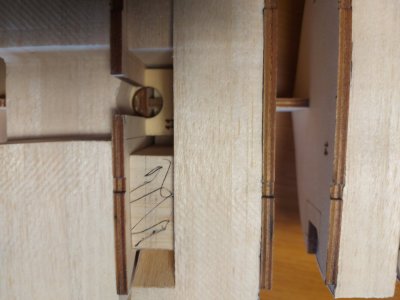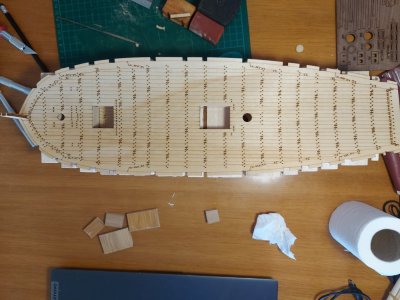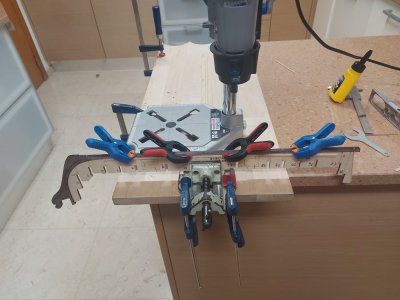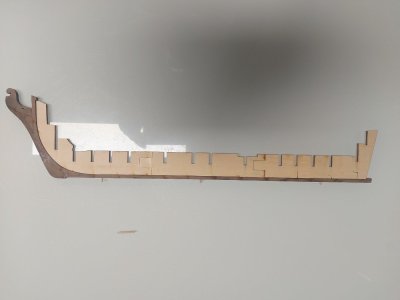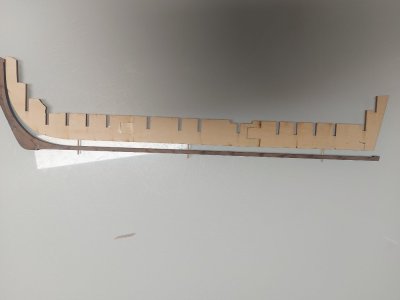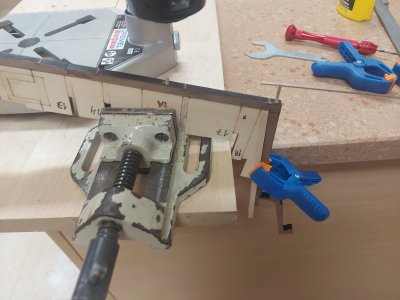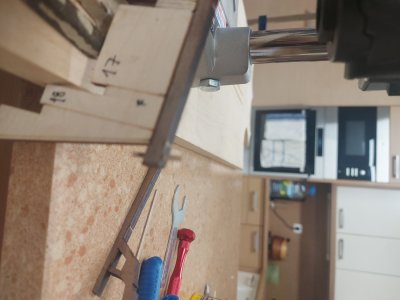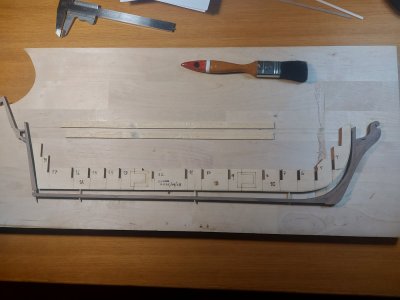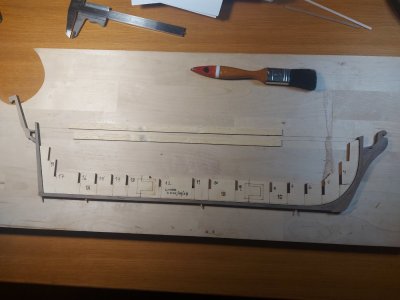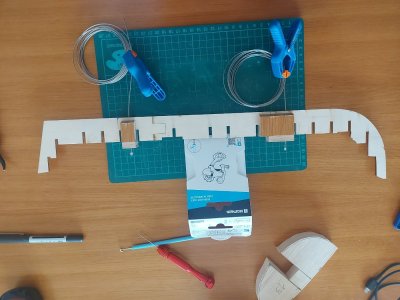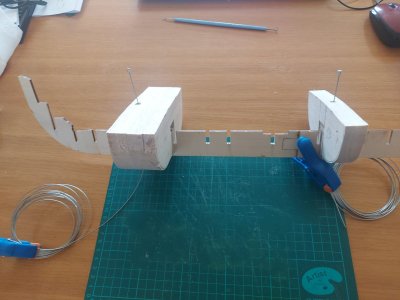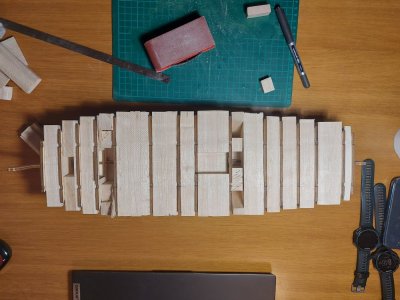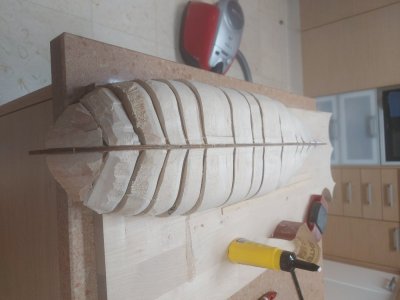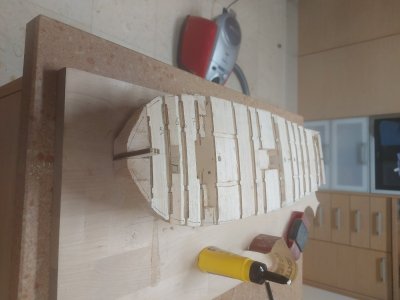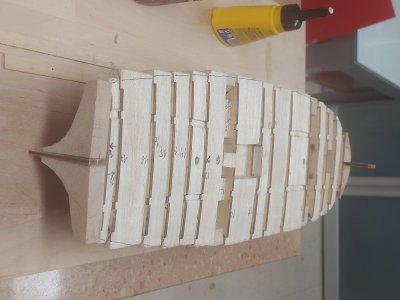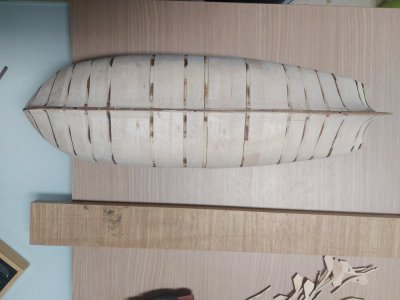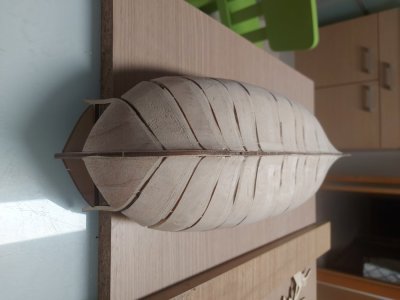Hi there!
I hope this post finds you all well.
After some struggle with myself on which new model to choose, I finally decided to purchase the HMS ONTARIO.
I wanted a different type of ship from my previous one (Xebec from Amati), at a larger scale and presenting new challenges, and the ONTARIO certainly fits the bill.
The ship is beautiful, and the kit is said to be high quality, not only in what comes to materials supplied, but also to accuracy towards the actual ship, whose well preserved wreck lies at the bottom of Lake Ontario.
But...
This kit seems to be notoriously difficult to build - I couldn't find a complete build log of it, although it has been launched some years ago.
This seems to be reckoned by Marisstella, that improved several aspects of the building method and instruction book to make life easier to builders.
The future will tell if the choice didn't over-stretched my skills...
I order the kit directly from Marisstella. The service was super fast - I received it two days later.
I am now starting to go through the instructions and the content of the box.
A lot of reading before actually start the build.
If there is anyone out there building the same kit, I 'll be glad to exchange issues and solutions.
Best regards
Catela
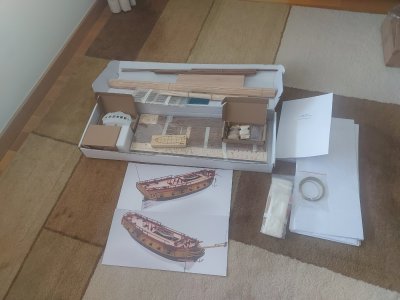
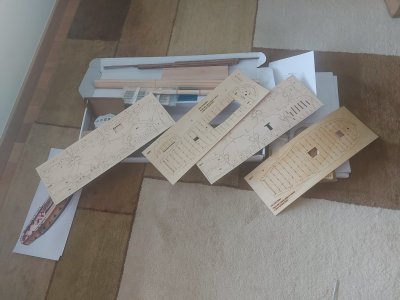
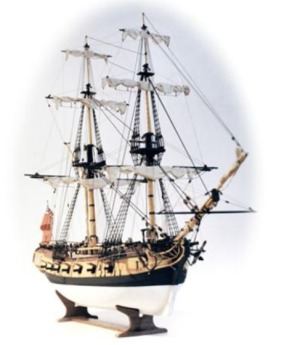
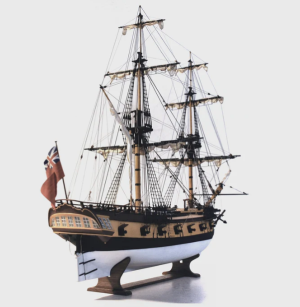
I hope this post finds you all well.
After some struggle with myself on which new model to choose, I finally decided to purchase the HMS ONTARIO.
I wanted a different type of ship from my previous one (Xebec from Amati), at a larger scale and presenting new challenges, and the ONTARIO certainly fits the bill.
The ship is beautiful, and the kit is said to be high quality, not only in what comes to materials supplied, but also to accuracy towards the actual ship, whose well preserved wreck lies at the bottom of Lake Ontario.
But...
This kit seems to be notoriously difficult to build - I couldn't find a complete build log of it, although it has been launched some years ago.
This seems to be reckoned by Marisstella, that improved several aspects of the building method and instruction book to make life easier to builders.
The future will tell if the choice didn't over-stretched my skills...
I order the kit directly from Marisstella. The service was super fast - I received it two days later.
I am now starting to go through the instructions and the content of the box.
A lot of reading before actually start the build.
If there is anyone out there building the same kit, I 'll be glad to exchange issues and solutions.
Best regards
Catela













